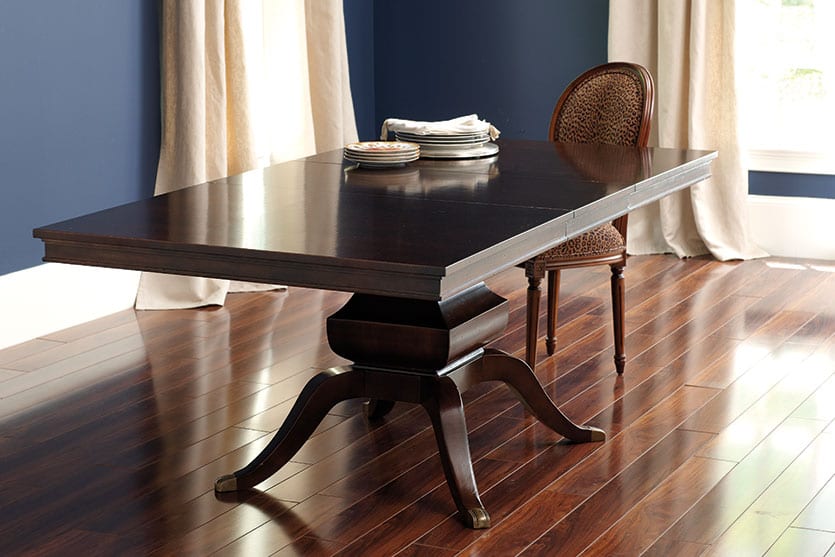
Image Source: Google
Refurbishing wood furniture is a fantastic way to transform your space and breathe new life into old pieces. Whether you are looking to update a vintage find or refresh furniture you already own, refurbishing can be a rewarding and creative process. This guide will provide you with tips and techniques to help you successfully refurbish wood furniture and create a unique and personalized look for your home. If you are looking to buy refurbishing wood furniture, you can check this out.
1. Assessing Your Furniture
Inspect the Piece
- Check for any structural damage or loose fittings that need repair.
- Look for scratches, dents, or stains that may need to be addressed.
Determine the Finish
- Identify the current finish on the wood (e.g., paint, stain, varnish).
- Consider whether you want to keep the current finish or completely refinish the piece.
2. Preparing the Furniture
Cleaning
- Remove any dust and dirt with a soft cloth or brush.
- Use a mild wood cleaner to gently clean the surface.
- If the piece has a sticky residue, use a solution of equal parts vinegar and water.
Sanding
- Sand the surface of the wood to remove the existing finish and smooth out imperfections.
- Start with a coarse-grit sandpaper and gradually move to a finer grit for a smooth finish.
- Be sure to sand in the direction of the wood grain to avoid damaging the piece.
3. Refinishing Techniques
Staining
- Choose a stain color that complements your decor and the type of wood.
- Apply the stain with a brush or cloth, following the manufacturer's instructions.
- Allow the stain to penetrate the wood for the desired amount of time before wiping off any excess.
Painting
- Prepare the surface by applying a primer to ensure the paint adheres properly.
- Choose a high-quality paint suitable for wood furniture.
- Apply thin, even coats of paint in the direction of the wood grain for a smooth finish.
Refurbishing Hardware
- Remove any hardware, such as handles or knobs, and clean or replace them as needed.
- Consider updating the hardware with a fresh coat of paint or a different style for a new look.
4. Final Touches
Finishing
- Apply a clear coat or wax to protect the wood and enhance the finish.
- Choose a finish that is appropriate for the type of wood and the level of durability you need.
Reassembly
- Reattach any hardware that was removed during the refurbishing process.
- Check for proper alignment and function before completing the reassembly.
5. Maintaining Your Refurbished Furniture
Cleaning
- Dust regularly with a soft cloth to prevent buildup and maintain the finish.
- Use a furniture polish or wax to protect the wood and keep it looking its best.
Preventing Damage
- Avoid placing hot or wet items directly on the wood surface to prevent damage.
- Use coasters or placemats to protect the wood from scratches and water rings.
Refurbishing wood furniture can be a fun and creative project that allows you to customize your space with unique and personalized pieces. By following these tips and techniques, you can successfully transform old furniture into new treasures that complement your decor and reflect your style.